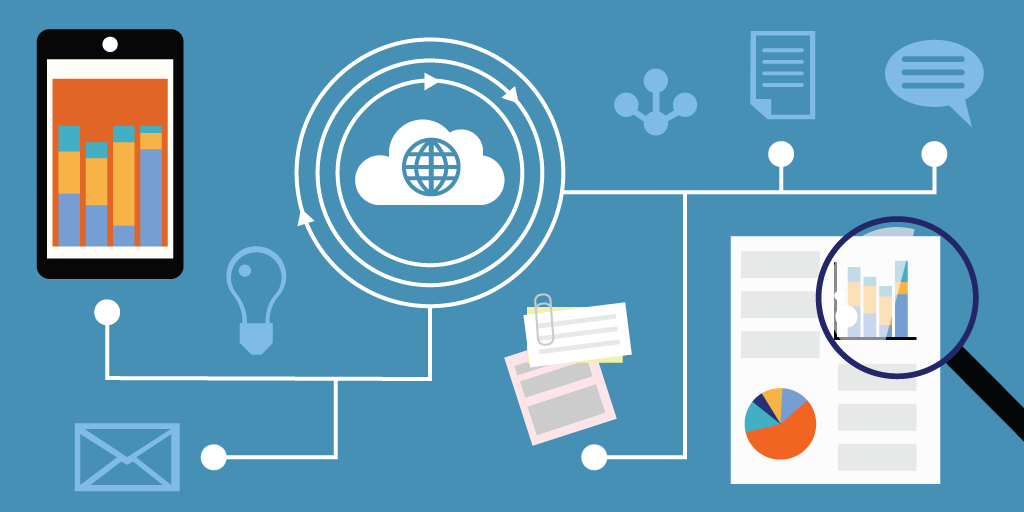Patient waiting rooms haven’t changed much over the years. You sit, you wait, and hope to be called soon. That quiet frustration adds up, especially when you're already unwell. For staff, a busy hospital waiting room can slow down workflows and increase the chances of mistakes.
But improving the patient waiting room experience doesn’t have to be expensive or complicated. Small updates can go a long way in making patients feel more comfortable and informed.
In this blog, we’ll share five easy ways to modernize your patient waiting room. These changes support both patient comfort and staff efficiency.
Why the Patient Waiting Room Needs a Makeover
Most waiting rooms still follow the old routine. Patients come in, check in, and wait. Nothing tells them how long it’ll take. No updates. Just a clock ticking and people getting more restless by the minute.
That wait doesn’t just end at the front desk. It follows them into the appointment. It affects how they talk to the doctor and how they feel walking out. The room meant to keep things moving often slows everything down.
People now expect more. They want to feel informed, not forgotten. They’re used to real-time updates in other parts of life. So they expect it here too. Faster service. A bit more comfort. And something that shows their time matters.
You might also like - The Ultimate Waiting Room Checklist: 65+ Ways to Enhance Your Space
How to Improve the Patient Waiting Room Experience
Improving the patient waiting room experience in the healthcare industry doesn’t have to mean a full redesign. Small, focused changes can go a long way in making visits smoother and more comfortable. Here are a few ways to get started:
1. Introduce a Digital Check-In System
Paper sign-ins slow things down. They create longer lines at the front desk and more manual work for staff. A digital check-in system changes that.
It makes the whole process easier, for both patients and staff.
You can set up a touchscreen kiosk or offer check-in through a mobile app. Patients walk in, tap a few buttons, and they’re good to go.

Here’s how it helps:
Cuts down the time spent at reception
Reduces human errors during intake
Lets staff focus on actual care instead of paperwork
Keeps the line moving even during busy hours
Digital check-ins also help patients feel more in control. They don’t have to explain everything at the front desk. It’s faster, quieter, and more private.
Tools like Qminder take it further. It’s not just a check-in system, it’s a full patient engagement solution for the waiting room. It lets patients sign in, track their spot in line, and get updates on their phone. That means fewer questions at the desk and a lot less frustration in the room.
2. Offer Real-Time Queue Updates
Most people don’t mind waiting. What they hate is not knowing how long it’ll take. That’s where real-time updates make a big difference.
You can display live queue info on TV screens in the patient waiting room or send updates directly to their phones.

Here’s what it does:
Keeps patients informed without them having to ask
Lowers stress and helps manage expectations
Reduces repeated questions at the front desk
Makes the hospital waiting room feel more organized and calm
People feel better when they know what’s happening. It builds trust. It also shows that your clinic values their time.
With a self-service appointment scheduling software, you can send SMS updates, call patients by name, and let them wait wherever they feel most comfortable. All of this helps improve the overall patient waiting room experience without adding more work for your staff.

3. Create a Comfortable and Inviting Space
The look and feel of the patient waiting room matters more than most think. Patients notice the chairs, the lighting, even the noise.
Start with simple fixes:
Use calming colors on the walls
Choose soft lighting over harsh overhead lights
Add plants or natural elements to soften the space
Arrange seating to allow for privacy and better flow
Good seating is a must. Think cushioned chairs with enough space between them. If the layout makes it hard for someone with a wheelchair or stroller to move around, it’s time for a change.
A well-designed hospital waiting room can ease nerves and help people feel more at ease. These changes don’t need to cost much but can do a lot to improve the patient waiting room experience.
With the right patient engagement solution for waiting room settings, even the layout can work hand-in-hand with digital tools, creating a space that feels modern, calm, and welcoming.
4. Provide Entertainment and Health Education
A quiet patient waiting room with nothing to do can make time feel slower. That’s when boredom turns into frustration. Giving patients something to focus on helps ease that wait.
Start with basics:
Offer free Wi-Fi
Keep a small selection of clean, updated magazines
Add a few toys or books if families visit often
For a more modern approach, use digital signage. You can share:
Clinic updates
Doctor bios
Health tips and reminders
Wellness campaigns or seasonal advice
This doesn’t just pass the time. It helps build trust. A hospital waiting room that keeps people informed and connected shows that their time is valued. With the right patient engagement solution for waiting room use, you can turn a passive wait into a more useful experience.
5. Use Data to Track and Improve Patient Flow
You can’t fix what you don’t measure. Tracking how patients move through the clinic helps you spot what’s slowing things down.
Start by collecting data through your patient engagement solution for waiting room use. Look at:
Average wait times
Service durations
Drop-off rates
Peak traffic hours
Use these insights to make small changes. It could mean adjusting staff schedules, changing room layouts, or improving signage. Over time, this helps reduce wait times and no-shows.

You can also link this data with patient feedback. Simple surveys at the end of a visit can highlight what’s working and what needs work. A better patient waiting room experience starts with knowing where things stand.
Also read - 9 Best Strategies to Reduce No-Shows
Make the Waiting Room Work for Everyone
Improving the patient waiting room isn’t just about comfort, it’s about building trust, reducing stress, and making visits feel easier. From digital check-ins to real-time updates and better seating, every small change adds up to a smoother experience. And when patients feel seen and informed, satisfaction goes up.
A patient engagement solution for waiting room management like Qminder helps tie it all together. It organizes the flow, keeps everyone updated, and takes pressure off your staff.
Start making your hospital waiting room better today. Book a free demo with Qminder.
Patients often mention a lack of clear communication, crowded spaces, and feeling unsure about how long they’ll have to wait. These issues affect both the patient waiting room experience and overall satisfaction with care. Improving flow and visibility helps reduce those concerns.
When the hospital waiting room is disorganized, staff spend more time managing frustrated patients and less time focusing on care. A smoother patient waiting room setup creates a calmer environment for everyone, leading to fewer disruptions and better use of time.
Yes. Solutions like Qminder let you track visits, collect feedback, and plan better for future appointments. It’s not just about managing the moment, it helps improve long-term patient relationships and makes every hospital waiting room visit feel more personalized.






